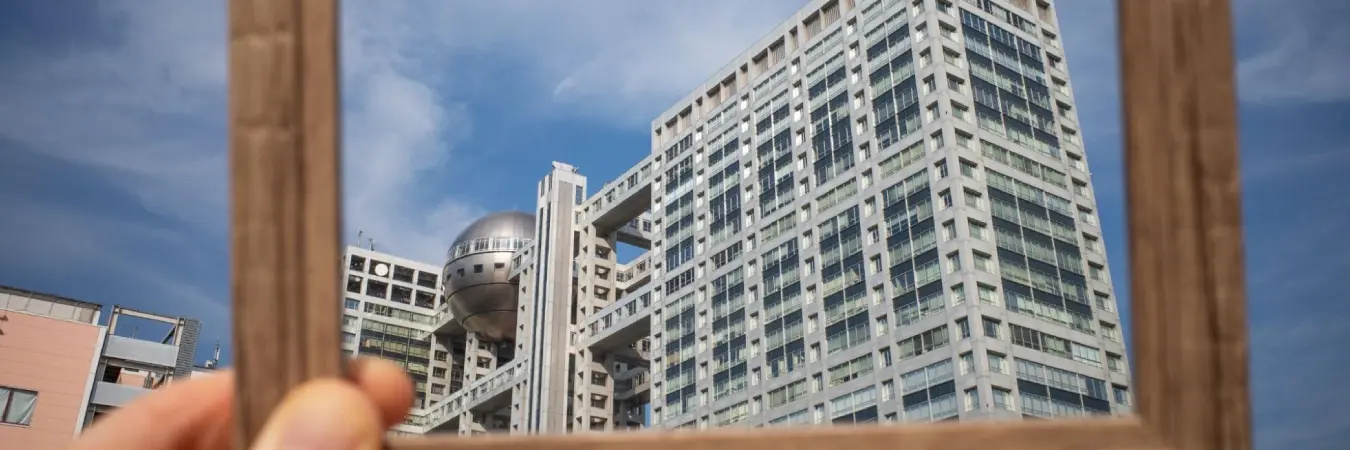What is the Difference Between RK and BHK in Indian Real Estate?
Table Of Contents
The world of real estate is filled with complicated jargon, but terms such as BHK and RK are among the more commonly used real estate lingo. So you might be wondering what might be the difference between RK and BHK in Indian real estate, what 1BHK and 1RK full form is, and what their relevance might be from the point of view of a homebuyer. It is vital for both homebuyers as well as builders to have a clear understanding of both terms in order to navigate the real estate realm more easily, which is exactly what we at L&T Realty are here to help with.
These terms primarily reflect the layout and overall size of the property in question, but they also give a bit of an indication towards the property’s price range, functionality, as well as its overall suitability for the buyer. Understanding what RK and BHK mean, as well as the differences between them, helps buyers and renters make informed decisions based on their lifestyle, budget, and space requirements. It ensures a match between the property and the occupant’s needs, enhancing living comfort and satisfaction.
What is RK in Real Estate?
For those wondering, 1RK full form is “1 Room Kitchen”. This means a flat that primarily consists of one room and a separate kitchen. The single room would serve as the bedroom, dining room, and the hall. As opposed to the BHK layout, the RK layout is mainly designed with the idea of making the most out of the compact space that is available in the apartment.
This layout is increasingly popular in urban regions, where space and bigger property are becoming more and more of a luxury. While it may initially come across as a bit cramped, apartments in an RK configuration can be very comfortable when they are organized and set up in an efficient manner.
What is BHK in Real Estate?
BHK is a larger configuration layout in real estate in comparison to RK, with BHK being an abbreviation for “Bedroom Hall Kitchen”. This is arguably among the most commonly used and important terms in real estate, and you will have no doubt seen it on apartment listings. You are probably wondering “1 BHK means how many rooms in a home?”. Whenever there is a variation in the number, whether its 1, 2, or 3 BHK, it will typically indicate the number of bedrooms in the home, accompanied by a single kitchen and hall. The “H” stands for hall, which is the living room or central space, generally used for different activities such as entertaining guests.
Exploring the Differences: 1 RK vs 1 BHK Apartments
In the world of Indian real estate, understanding the distinct differences between RK and BHK layouts is vital in getting a good understanding of different residential spaces as well as how suitable they might be for different demographics of homebuyers.
Understanding What 1RK Room Means
The 1RK configuration of an apartment is one that efficiently combines the living, dining, and sleeping areas of a home all into one section, with the idea of making the most out of a relatively smaller living space. This is commonly found in dense cities which are known for having limited space and pricier housing options. They also understandably come across as more appealing housing options to working professionals of a younger age, especially when they place more significance on the location of the property as opposed to the level of comfort it provides.
Since these configurations do not offer loads of extra space, they are mainly more suitable for those who follow a relatively minimal lifestyle and do not need a living space that offers room for extra activities. The leading advantages to living in such spaces is that they do not require much in the way of maintenance or even expenses for utilities. On the other hand, the RK configuration is not necessarily suitable for everyone – those who tend to frequently entertain guests or have a job for which they have to work from home will not find it very appealing, due to the lack of extra space or limited functionality.
Understanding What a 1BHK Means
BHK is certainly a much roomier and functional layout in comparison to the RK layout, with the layout being set up in separate rooms that offers more distinct spaces throughout the home. They also offer a lot more versatility and functionality compared to the RK layout, catering to a wider range of occupants including single working professionals, roommates, as well as small families. Thanks to the additional space including the defined space for a hall, this layout also offers so much more in the way of recreational and leisure activity for the occupants.
As one might expect, this type of apartment layout offers a lot more in comparison to the RK layout. This not only includes property price or rental rates, but even the costs for maintenance and utilities will be a lot higher than those for RK residential units.
Which Layout Do Indian Citizens Prefer?
It is quite fascinating to see the different preferences of the citizens of various cities across India, with regards to apartment layouts. These differences are due to a number of factors, whether it be due to socio-economic landscape or cultural trends. Let’s explore the preferences some of the biggest cities in the country have for their residential dwellings.
RK Layout
As mentioned earlier, RK apartment units are very common and increasingly popular in dense urban hubs such as Mumbai or Bangalore. With so much of these cities’ population of young working professionals growing rapidly every year, RK apartment units offer an efficient residential space that is also affordable. Younger individuals who move to the city attracted by the many job opportunities will prioritize aspects such as property location and affordability over aspects like comfort and extra space. This is why such apartment units are so popular in bustling urban centers such as Mumbai and Bangalore.
BHK Layout
The BHK apartment layout is a lot more popular in cities such as Chennai and Delhi, and this is owing to a variety of factors. The relatively lower population density and more affordable housing options in comparison to Mumbai means that people in these cities can afford to invest in bigger living spaces. The culture of cities like Chennai and Delhi are also more akin to family living situations, which obviously cannot be accommodated by mere RK apartment units. Since Mumbai and Bangalore are constantly attracting younger working individuals on the lookout for job opportunities, they are less likely to opt for larger BHK options since they will be less affordable.
Legal Considerations
In India, legal regulations for renting or buying RK and BHK apartments are governed by various laws and guidelines, aiming to protect the rights of both landlords and tenants, as well as buyers and sellers. The primary legislation is the Real Estate (Regulation and Development) Act, 2016 (RERA), which ensures transparency, accountability, and efficiency in the real estate sector. RERA mandates developers to register their projects, providing detailed project information to protect buyers, including details such as the layout and configurations of the property.
For rental agreements, state-specific laws like the Model Tenancy Act, 2021, seek to balance the interests of landlords and tenants, outlining norms for rent control, security deposits, eviction, and maintenance responsibilities. These regulations stipulate standard practices for lease or purchase agreements, including clear terms on payment, duration, and conditions for termination, ensuring a legal framework that supports fair dealings and protects the interests of all parties involved in the renting or buying of residential properties in India.
Pros and Cons of RK Units
Pros
RK (Room Kitchen) apartment layouts, commonly known as studio apartments, offer a compact living solution that integrates living, sleeping, and dining areas into a single multifunctional space, alongside a separate kitchen. One of the primary advantages of RK units is their affordability, making them an attractive option for singles, students, and young professionals.
Their smaller size translates into lower utility bills and easier maintenance, appealing to those who prioritize a minimalist lifestyle or often travel. Additionally, RK apartments are typically located in urban centers, providing convenient access to work, entertainment, and public transportation.
Cons
It is important to note that the compact nature of RK apartments also brings challenges. The lack of separate rooms can limit privacy and make it difficult to entertain guests or accommodate more than one person comfortably. The combined living and sleeping area might not suit everyone’s lifestyle, especially for those working from home who require distinct spaces for concentration. Furthermore, the limited space can restrict storage options and inhibit interior design flexibility, making it challenging to personalize the living area.
Pros and Cons of BHK Units
Pros
BHK apartment layouts offer distinct living spaces, including one or more bedrooms, a living room (hall), and a kitchen, catering to a variety of living needs. The primary advantage of BHK apartments is the level of privacy that they offer, with separate bedrooms ensuring personal space for each occupant. This layout is ideal for families, roommates, or anyone requiring dedicated areas for different activities, such as sleeping, working, and entertaining. The additional space enhances comfort and provides opportunities for interior design and personalization.
Cons
The main con to keep in mind is that BHK apartments come with higher costs compared to RK units, at least when taking into account the prices of both within the same locality. The increased square footage results in higher rent or purchase prices, alongside greater utility and maintenance expenses. The larger space also demands more time and effort in cleaning and upkeep. Furthermore, in densely populated urban areas, BHK units may be less readily available or located farther from city centers, potentially leading to longer commutes for residents. These factors make BHK apartments less suitable for those prioritizing budget or seeking the convenience of central urban living.
Conclusion
In summary, the choice between RK and BHK in Indian real estate hinges on individual needs and priorities. RK apartments offer an economical, space-efficient solution for those with minimal space requirements or budget constraints, ideal for singles or couples. BHK units, on the other hand, provide enhanced privacy, space, and comfort, catering to families, roommates, or individuals seeking distinct living and sleeping areas, albeit at a higher cost.


